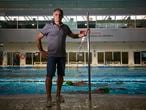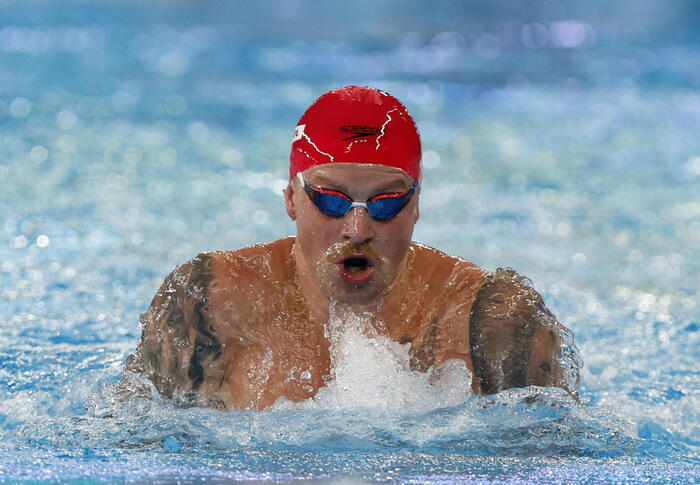Having the opportunity to observe the swimming competitions of some Games, even through the television, and the eyes of an analyst in this sport, has allowed me to recognize how things have evolved in the last five years.
Not in vain an Olympic cycle is enough time to incorporate changes and see their results.
Dressel.
Caeleb Dressel has shown several things. First, that with the best start you can win the 50 and 100 meter tests, even if you are not the fastest swimmer in the second part of the test. Second, that in case of difficulty it is possible to translate the will to gain in muscular power, muscular power in technique and propulsive technique in greater speed of movement of the body, as demonstrated at the end of the 100m freestyle. Even if your arrival is not correct, it can always be corrected, as happened in the final of the 100m butterfly, where Dressel decided to slide underwater and propel with his legs instead of doing another stroke. The current broadcasts, in which we can see these details underwater, open an infinite world of knowledge about this sport.
Background with speed.
We are witnessing a new phenomenon in the background tests.
In the men's 800 and 1500 freestyle only the swimmers who have been able to be sprinters and do 25.78 seconds in the last length to win have prevailed, without first stopping doing all the partials at 29. This has happened with the American Robert Finke , one of the surprises of some Games in which voices of alarm were heard signaling a crisis in the male background of the United States.
Finke swam the last 50 of the 800 in 29.16 seconds, faster than all the 200 free medalists in their last 50.
More information
Raúl Arellano: "Perhaps the Spanish were the only ones who stopped swimming in the pandemic"
Fathom.
The breaststroke introduces the most important changes.
New ways of swimming have made it possible to see several swimmers below 59s, or several swimmers below 1m 05s.
The most important thing is the optimization of the horizontal position and the large number of variants observed, both in 100 and 200 meters.
The increasingly powerful stroke and becoming more and more like that of a butterfly, and the increasingly narrow kick at the knees and with a certain similarity to the wave movement
.
The 200 back.
Tests such as the women's 200 back show a complete generational change, as well as an extraordinary evolution in the brands, probably with added technical perfections.
The schedules.
The timing of the competition, with qualifying in the afternoon and semifinals and finals in the morning, has introduced high variability in the performance of some swimmers, particularly in the semifinals and European swimmers.
The Australian team has practically the same time zone as Japan.
This might give them some advantage in this regard.
Medicine.
The Games demonstrate that there are medical advances unthinkable two decades ago.
Sarah Sjöström broke her arm six months before the competition and this Sunday she won silver in the women's 50 freestyle.
The models.
What has caught my attention the most is that it is becoming more and more frequent, in all distances and styles, that swimmers obtain high-level performances using techniques perfectly adapted to their individual characteristics and not so much under a common technical model. . They comply with some general biomechanical principles and adapt them to each body, muscular capacity or joint flexibility. There are as many swimming techniques, turns or exits, as swimmers participate. The four finalists out of 1500 are an example. Finke, the winner, made six shakes each cycle throughout the test while the rest made two, or were changing throughout the test. In butterfly it is enough to observe Dressel and Milak, whose technique adapts to the great difference in musculature of each one,like it happens between Rylov and Murphy's back. A more muscular body is capable of applying great power, but at the same time it offers greater resistance and that forces us to execute different techniques. In breaststroke, if we compare the technique of the first three in 100 and 200, none of them move their arms the same either inside to propel themselves, or outside to make the recovery, and all three swim at similar speeds. There does not seem to be a better technique than another.There does not seem to be a better technique than another.There does not seem to be a better technique than another.
Raúl Arellano
is a biomechanic, analyst for the Spanish swimming team, and professor at the University of Granada.
Subscribe here
to our special newsletter about the Tokyo Games









